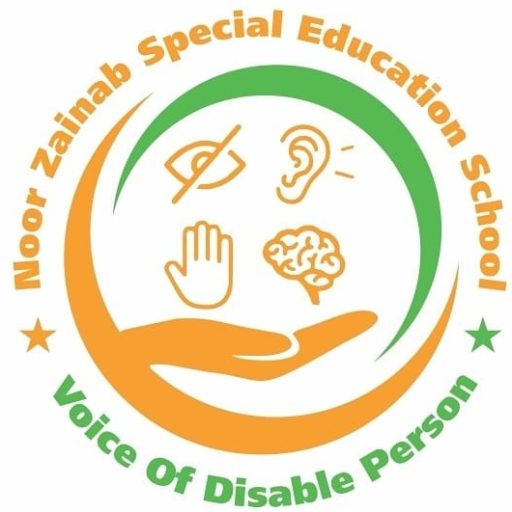Identification of strategies used by teachers to enhance emotional literacy among children with autism spectrum disorder.
Emotional comprehension and expression are frequent difficulties for kids with autism spectrum disorder (ASD), which can affect their social relationships and general wellbeing. By helping students develop their emotional literacy—the capacity to identify, comprehend, and regulate emotions—teachers can significantly contribute to the well-being of these kids. We’ll look at some useful tactics instructors employ in this blog to help kids with ASD become more emotionally literate.
1: Visual Supports: Children with ASD can benefit from visual tools like emotion cards, emotion boards, and social stories to better understand and communicate their feelings. These resources help children with ASD better understand emotions by giving them tangible, visual representations.
2: Emotion Identification Activities: Instructors might involve kids in exercises that teach them to recognize various feelings. Teachers can teach students to identify facial expressions linked to different emotions, for instance, by using movies, photos, or mirrors
3: Social Skills Training: Children with ASD can benefit from social skills training by learning acceptable ways to communicate and deal with their emotions in social settings. Social scripts and role-playing games can be especially helpful in developing these abilities.
4: Emotional Regulation Techniques: Children with ASD can benefit from social skills training by learning acceptable ways to communicate and deal with their emotions in social settings. Social scripts and role-playing games can be especially helpful in developing these abilities.
5: Emotion Labeling: Children can improve their emotional vocabulary and comprehension by being encouraged to label both their own and other people’s feelings. To support this skill, teachers might give cues and suggestions.
6: Positive Reinforcement: Positive reinforcement—such as compliments or prizes—can help kids with ASD learn how to successfully express and control their emotions.
7: Emotional Check-ins: Teachers can assess the mental health of students with ASD and offer extra support as required by doing routine check-ins. Check-in charts or one-on-one discussions can be used for this.
8: Sensory Regulation: ASD children frequently experience sensory problems, which might impair their ability to regulate their emotions. To assist kids in managing their emotions, educators can establish a sensory-friendly environment and impart sensory control skills.
9: Collaboration with Parents and Professionals: Collaborating with parents and other professionals, such as psychologists or therapists, can ensure a holistic approach to enhancing emotional literacy in children with ASD.
10: Modeling Emotion Regulation: In addition to being positive role models for kids with ASD, teachers can also model appropriate methods to express and manage emotions.
In conclusion, improving emotional literacy is critical to the social and emotional growth of kids with ASD. Through the application of these techniques, educators can establish a nurturing atmosphere that aids in the better understanding and regulation of emotions in kids with ASD, resulting in enhanced social interactions and general wellbeing.

